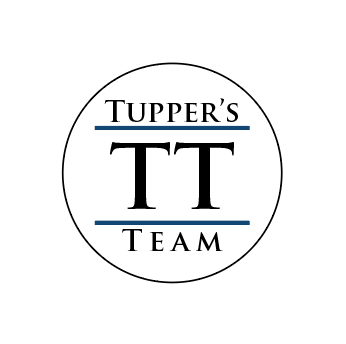Colorado Spring Bird Migration
Where to Look for Birds During Spring Migration
Time spent outside in the winter tends to be frigid cold, bright white, and very quiet. After months of seeing few critters besides cottontails, chickadees, and cows, forgetting what spring is like is easy. The first sighting of bluebirds and green growth poking through the snow can be very exciting. Some may even feel an unavoidable pull to get out and see what else is alive and kicking. For those folks, look no further than your own backyard, local park, or wild public land.
The Audubon Guide to Birds helps with identification and even lets you know what birds have been seen recently at or near your current location. The Audubon Bird Guide app is a free and complete field guide to over 800 species of North American birds. Built for all experience levels, it will help you identify the birds around you, keep track of the birds you’ve seen, and get outside to find new birds near you.
For those looking to make a contribution to science and the understanding of birds in Wyoming or wherever your travels take you, check out eBird. Both of these apps are free and can be downloaded wherever you get your other smartphone apps.
Here is a spring fever guide to where to look for the birds returning to Colorado, Wyoming, and Utah!
Overhead

American White Pelicans. You might think these pelicans are strictly ocean dwellers, but in fact, white pelicans spend the majority of the year inland. While flying overhead, look for black-edged wings contrasting with white. Photo: Dan Dietrich/Audubon Photography Awards
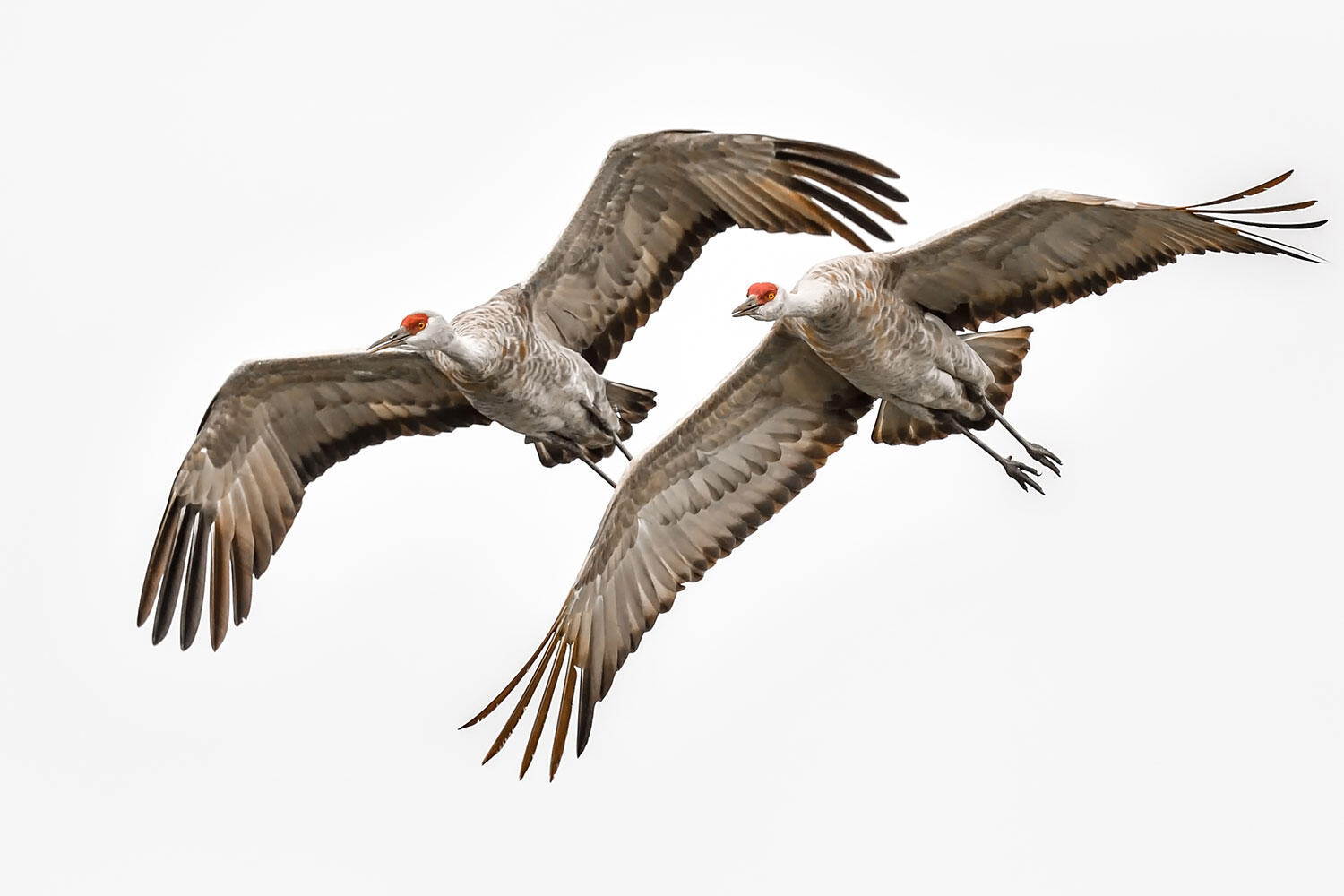
Sandhill Cranes. Most people hear these birds before they spot them overhead during their spring and fall migrations. Witnessing their courtship dance is a treat. Photo: Brad Lewis/Audubon Photography Awards
Fenceposts and Telephone Wires
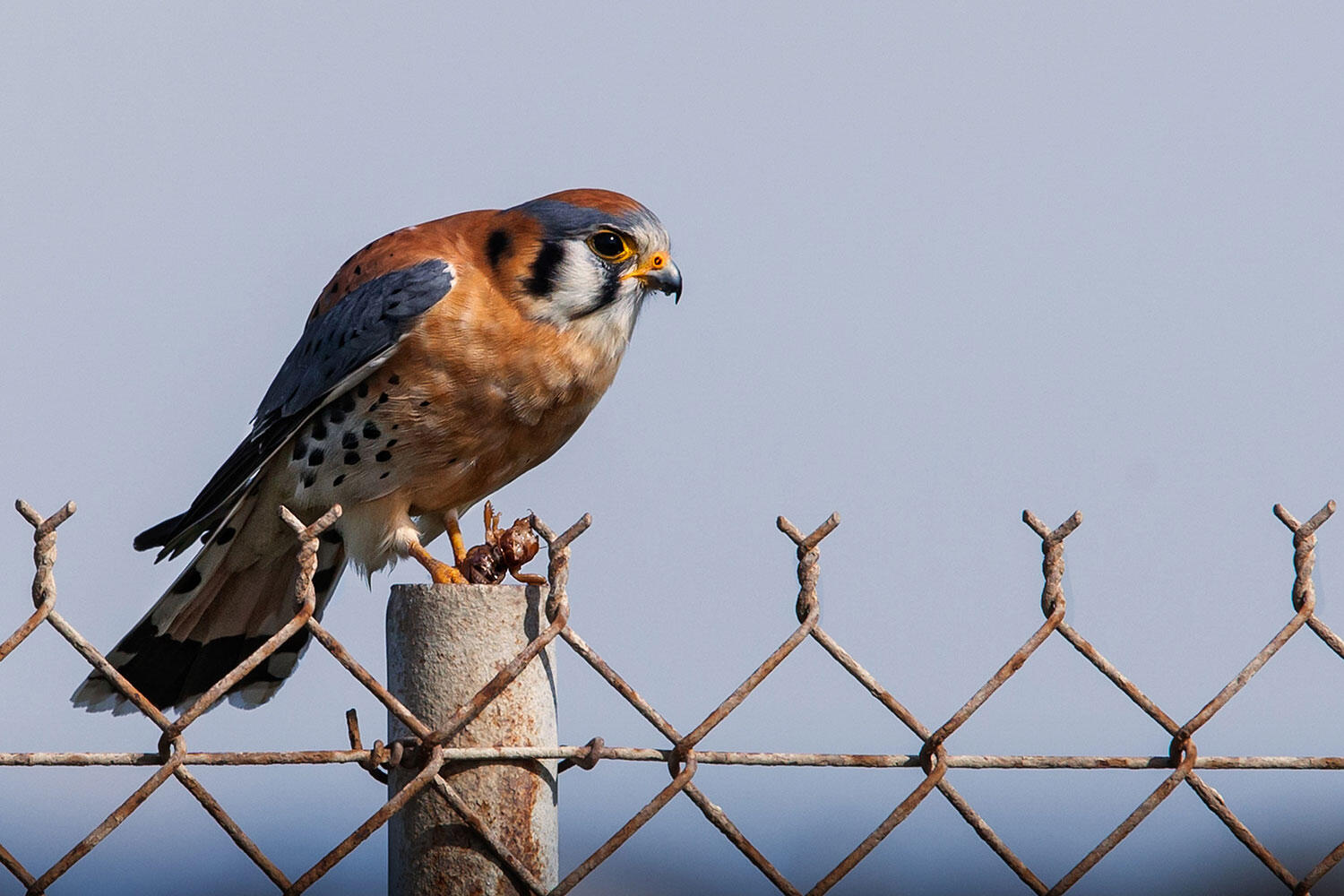
American Kestrel. The kestrel is a type of falcon; they usually hunt prey from a perch such as a post or telephone wire. Photo: Jim Akers/Audubon Photography Awards
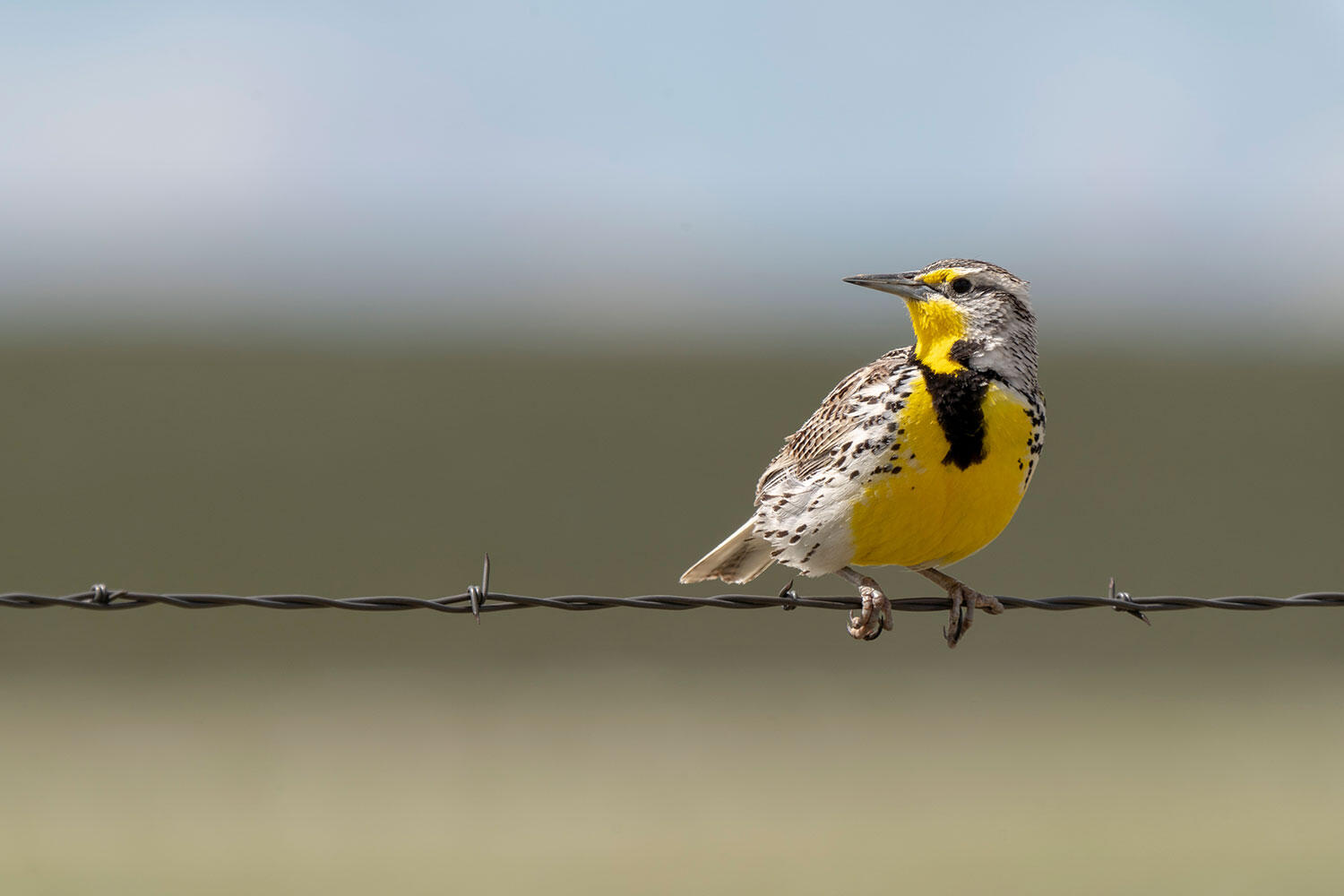
Western Meadowlark. The Wyoming state bird and a true signal that spring is here. Chances are, you’ve seen these birds singing atop a fencepost. Photo: Evan Barrientos/Audubon Rockies
In the Trees
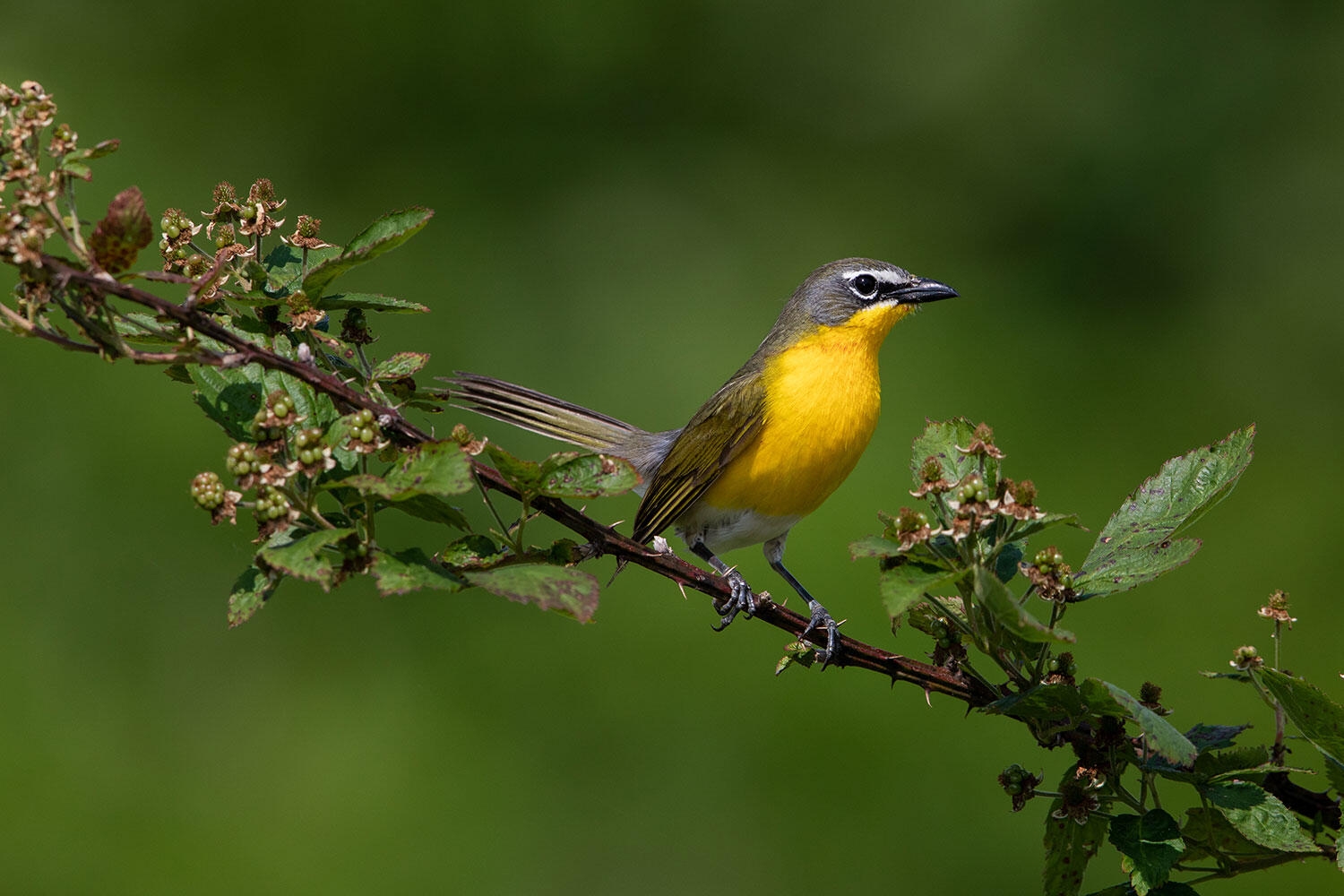
Yellow-breasted Chat. Despite the bright yellow of this large warbler, they can be hard to find in the thick brushy areas they prefer. However, in the spring the males earn their name “chat” by their noisy singing. Photo: Gary Robinette/Audubon Photography Awards
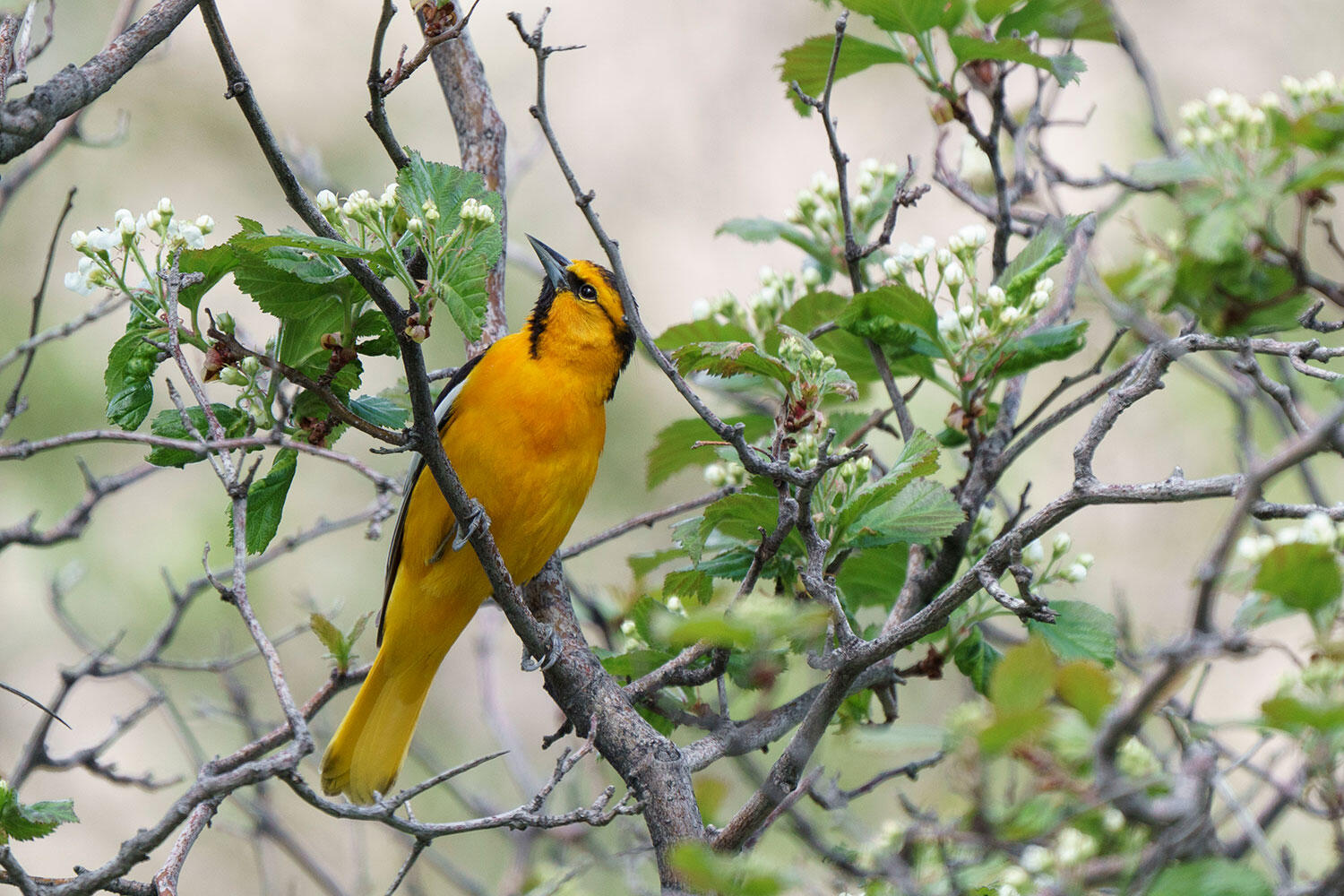
Bullock’s Oriole. Males are brilliant orange and black, females are a dull yellow. Look for these birds along rivers and streams, often in cottonwood trees or in flowering shrubs in yards and gardens where they weave their hanging nests. Photo: Evan Barrientos/Audubon Rockies
Nesting Near Your Home and Outbuildings
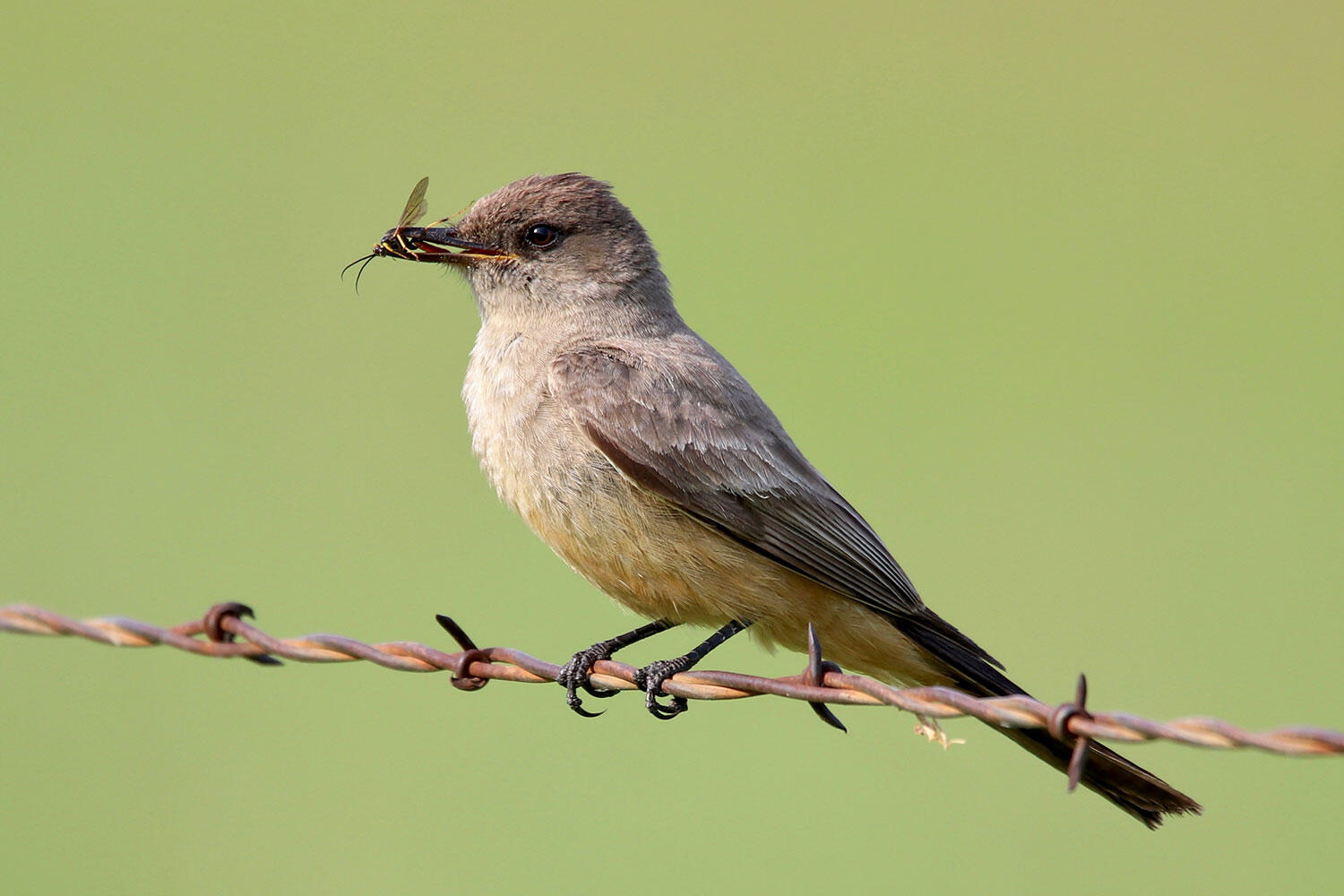
Say’s Phoebe. These sociable, peachy grey birds build cup-shaped nests on natural or human-made ledges that have shelter over them. Photo: Deborah Drain/Audubon Photography Awards
In the Field
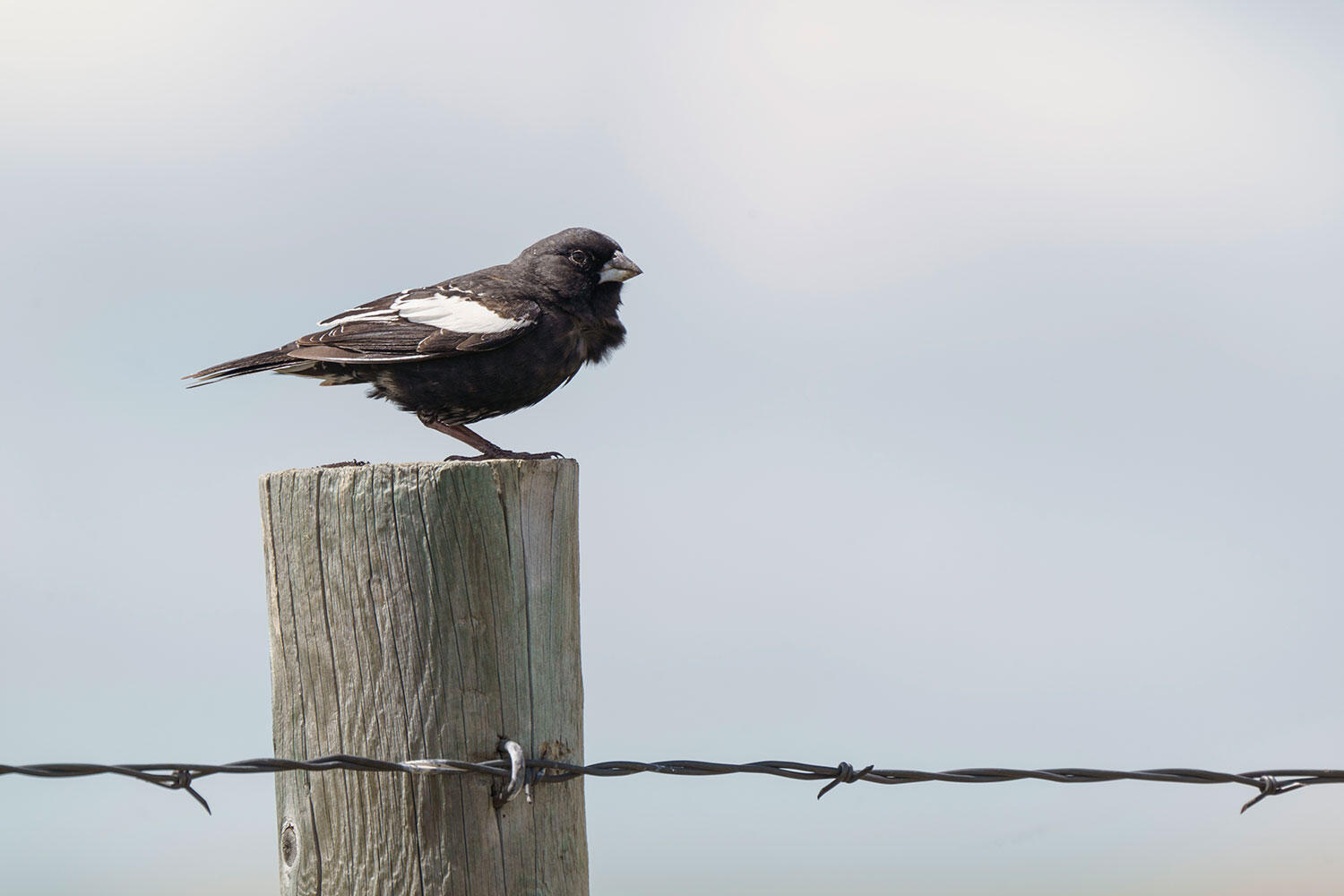
Lark Bunting. These striking black and white insect eaters are often found trailing a fence line or foraging in fields and pastures. Photo: Evan Barrientos/Audubon Rockies
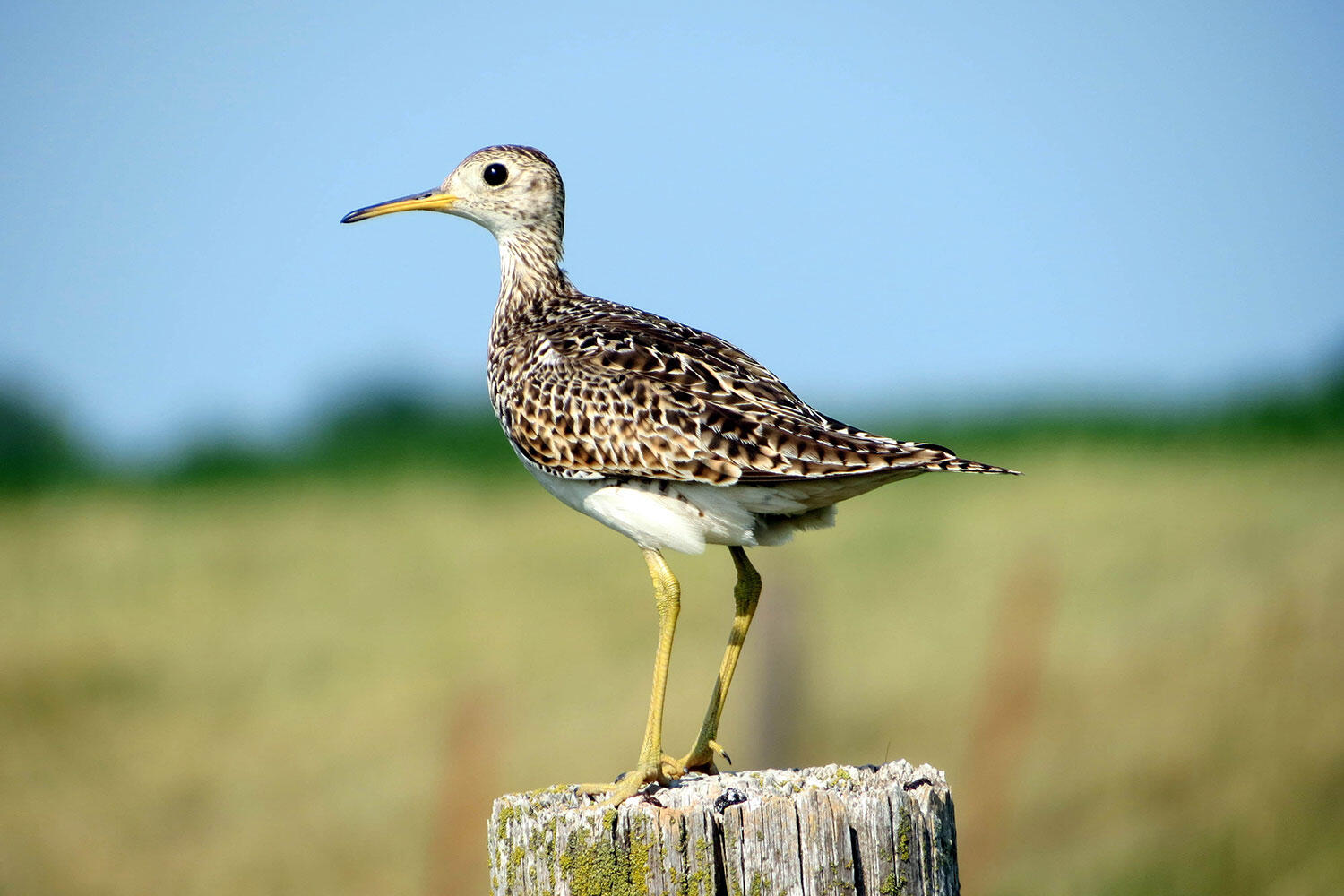
Upland Sandpiper. You can hear the unmistakable wolf whistle of these birds in the springtime or see them atop fence posts in ranchland. Photo: Nick Varvel/Flickr (CC BY 2.0)
In Your Garden

American Goldfinch. Goldfinches love sunflower seeds. If you grow them in your garden, leave them standing through winter as a food source. Photo: Will Stuart
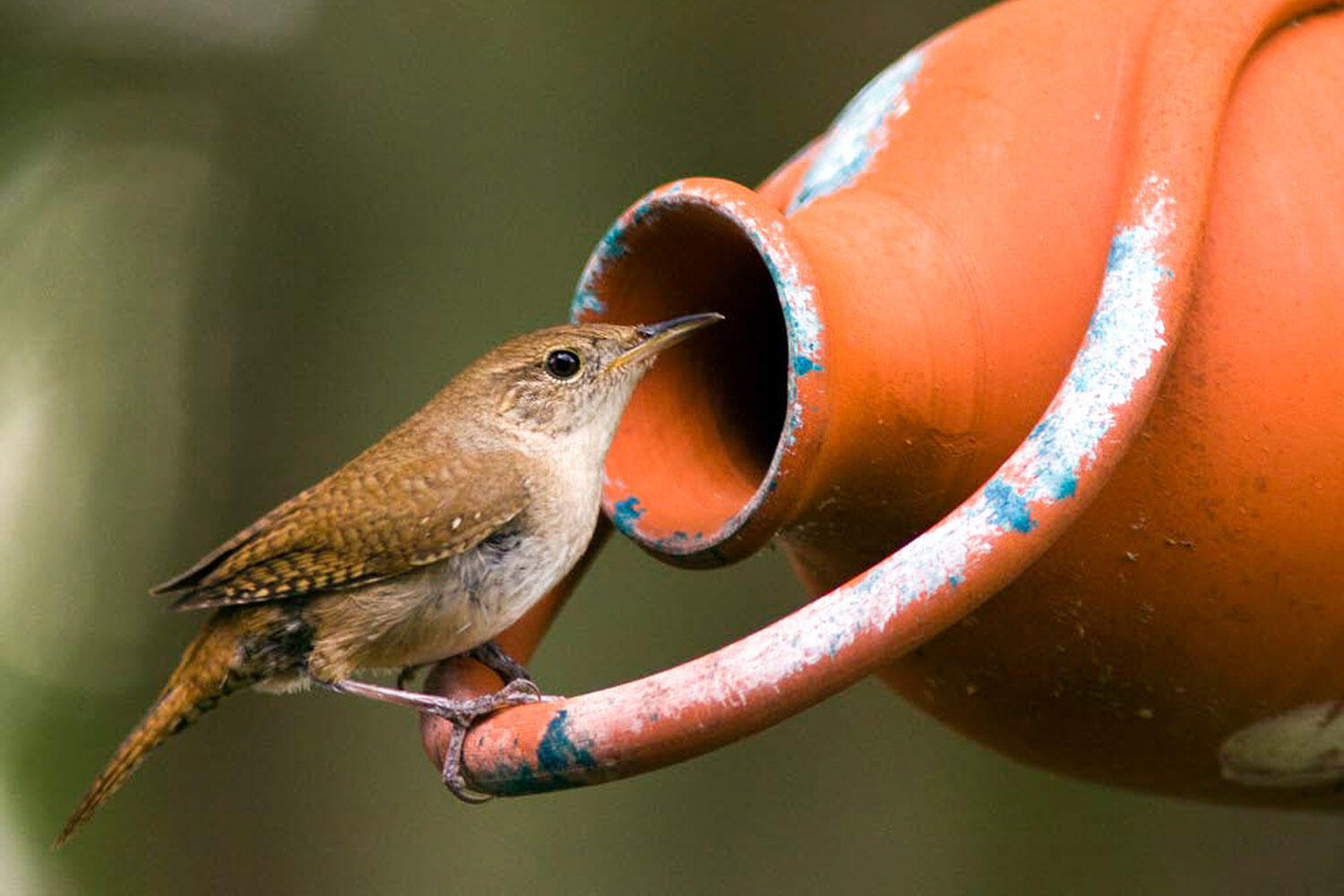
House Wren. These small, brown, insect-eating birds will nest nearly anywhere. Attract them to your garden by planting shrubs. Photo: Nevia M. Cashwell / Great Backyard Bird Count
At the Water's Edge
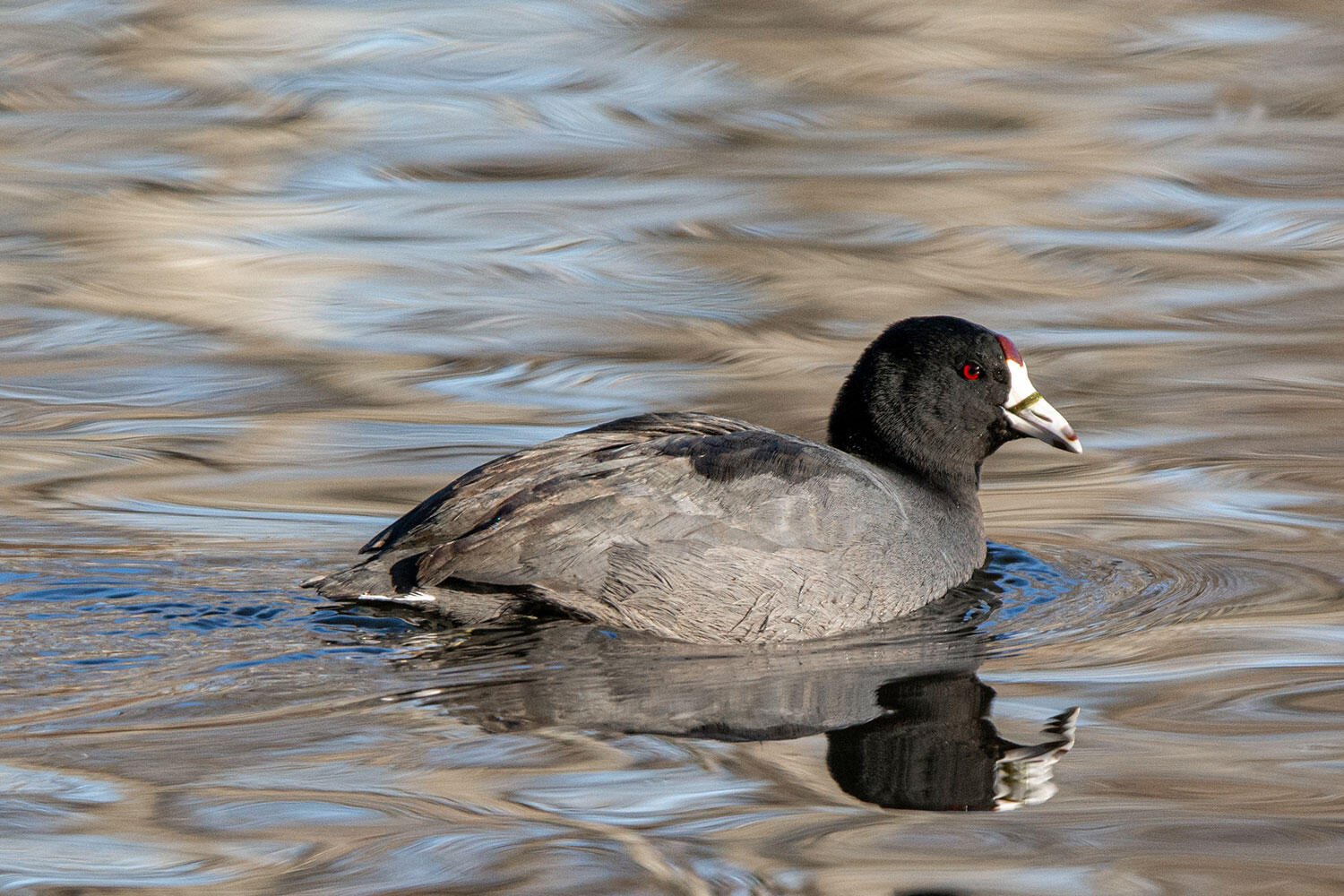
American Coot. Also called mud hens, you will often see big “rafts” of these birds in larger bodies of water. While duck-like in appearance, these birds don’t have webbed feet. Photo: Susan Reese/Audubon Photography Awards
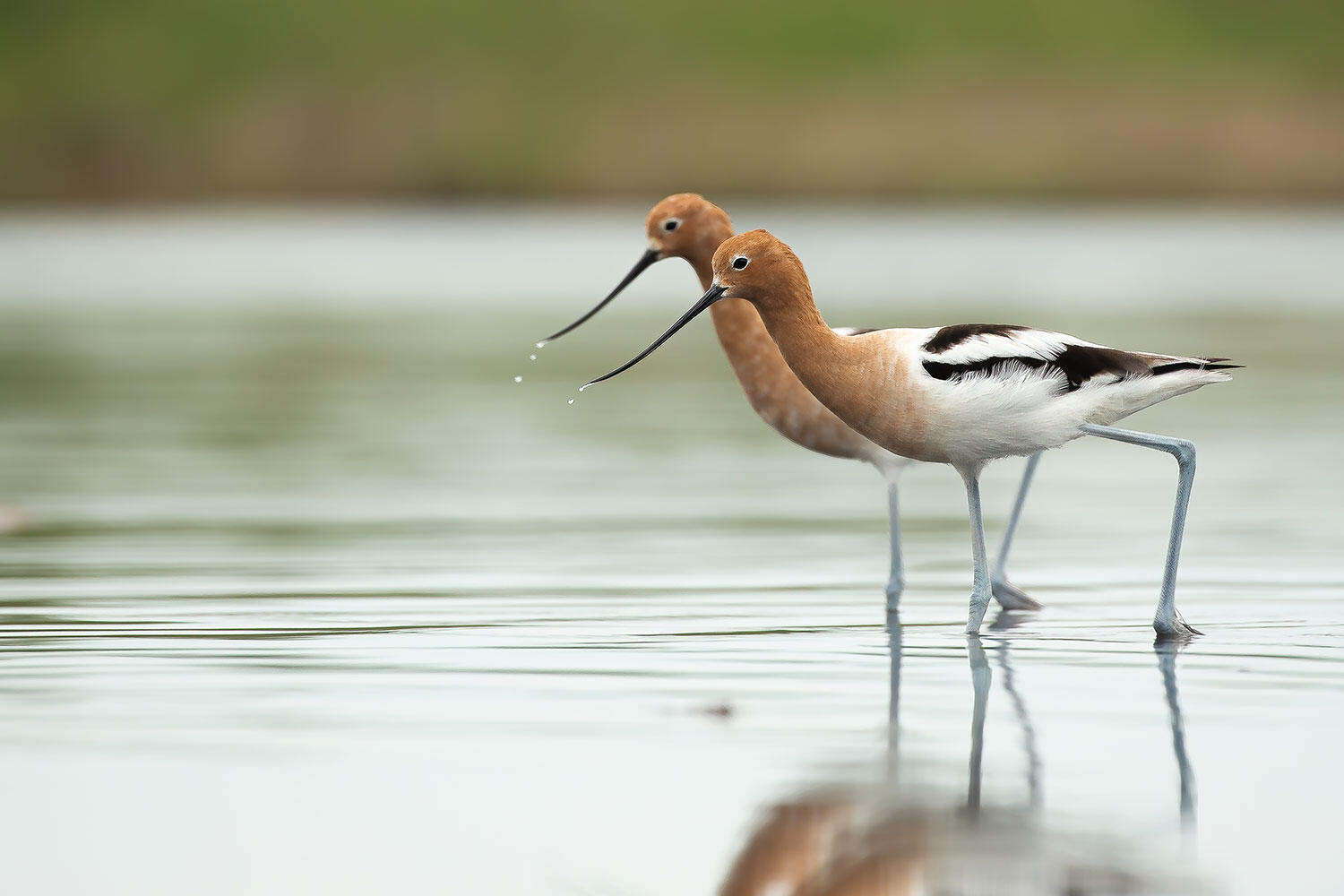
American Avocet. Look for these slender, long-legged, and long-billed birds at the edges of alkaline waters. Photo: Joey Hausler/Audubon Photography Awards
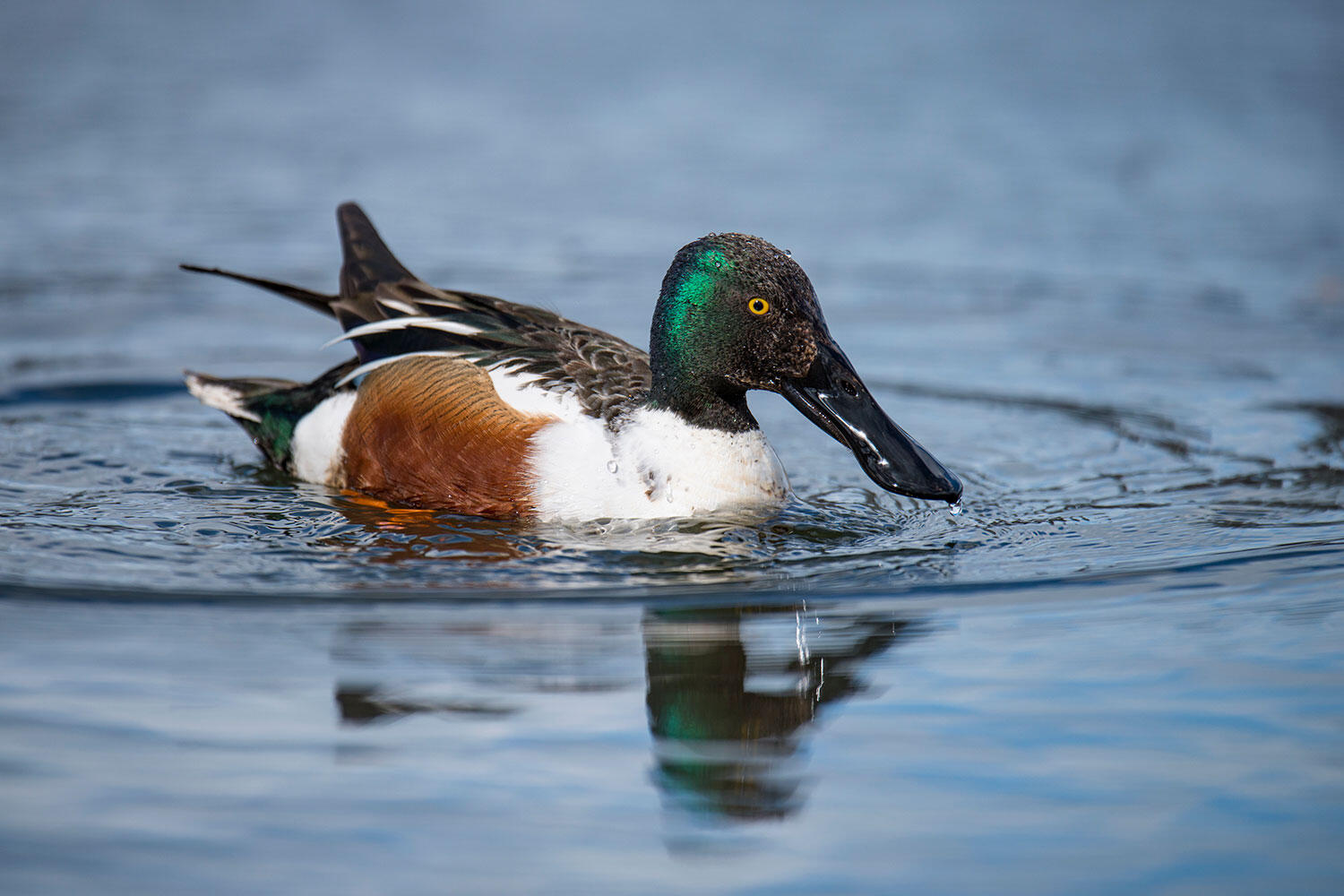
Northern Shoveler. These birds can resemble mallards, but on closer inspection, you’ll notice an enlarged bill. The bill is used to strain food from the water. Photo: Russ Smith/Audubon Photography Awards
~Audubon.org
Selling Your Home?
Get your home's value - our custom reports include accurate and up to date information.


